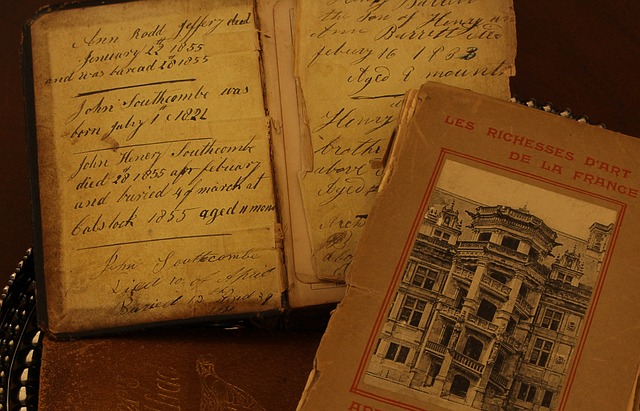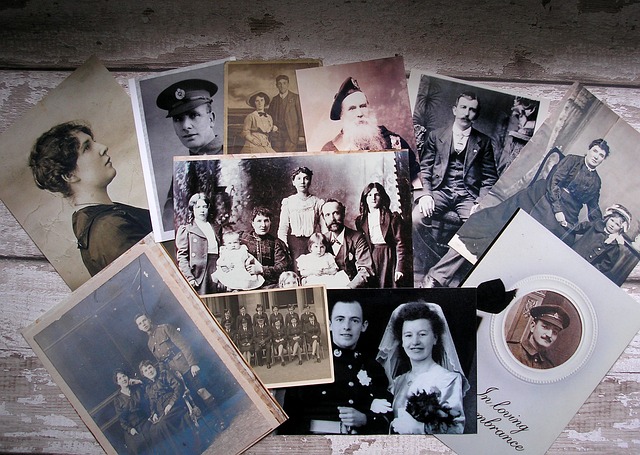While governments have collected birth records for thousands of years, the modern form is relatively new.
Before the late 19th Century, records were kept locally and only available to the individual born, their immediate family, or their legal representative. The form only became official after state legislation required compliance. The potential utility of the birth certificate has increased as birth registration has transitioned from paper to electronic, but problems with updating the electronic format and preserving quality data continue to develop. It is easier to understand how the birth certificate has been used and will be used to shape medical and governmental policies when understood in the context of its historical development.
Origins
Before public birth records became a standard document in the United States, people independently collected data on births and deaths. This information was often recorded in church records but not in the same standardized way you might see on a current certificate. It was only sometimes accurate, as many births needed to be registered back then.
In the 1800s, New York State passed laws to require that village, town, and city clerks record vital statistics. This data was then filed with the state and remained so until 1902.
Many states began to regulate and standardize these records, while others retained a more decentralized approach. In 1902 the United States introduced a nationally regulated process overseen by the Census Bureau that would become the model for how the United States and other countries record births and deaths.
Some states like New York, Pennsylvania, and Ohio also issued delayed certificates. A delay in registration could occur when a person was too young to be legally documented at the time of their birth or when the parents chose not to register for the event. These births were tracked in a large book known as a liber. Many of these were microfilmed and are available on FamilySearch. You can also find these in archives and some local repositories that hold them in their original form.
Uses
While the information on births (and baptisms, marriages, deaths, and burials) has been collected by governments for many centuries, the formalized records we know as birth certificates are relatively recent. Before their introduction, most evidence of a person’s birth would have been found in church records, not necessarily maintained by the government. Even then, early files did not look like a current document and often did not include some data that is now standard. Despite issues with recording and maintaining quality data, the birth certificate has become a vital identity document used in various ways.
Formats

Before birth records became the norm, evidence of a person’s existence was gathered from various sources – church records were often used, but not all kept these, and it wasn’t a formalized process. As such, researchers can still find information on many people in old records from the 1700s and 1800s.
However, at the beginning of the 20th Century, a system of national standardized records was set in place. This was overseen at the time by the Census Bureau. States were still responsible for collecting the data – though this improved over time – but the standardized format was formally introduced in the mid-1900’s1900s.
In New York City, births were first recorded by the Metropolitan Board of Health in 1866, and death records were started earlier. While Brooklyn and Staten Island began recording in registers slightly earlier, these records were consolidated in 1898. Researchers looking for documents before this point should look at archives within the borough/town and county where the person was born.
The records we have on file for the state of New York are arranged in indexes that start in June of 1880 (deaths) or 1881 (births and marriages). Each entry lists the individual’s name, date and place of birth, and the State Certificate number.
Revisions
Since 2000, NCHS has collaborated with state registration colleagues to revise the standard live birth, death, and fetal death certificates. This complex process is typically carried out every 10 to 15 years. Detailed specifications for collecting the items on these forms are published due to this work. The Secretary of Health and Human Services approved the latest revisions in 2003.
Before this time, evidence of births (and baptisms, marriages, and deaths) was recorded in church records. These can be accessed in the churches that maintained them or, sometimes, national archives.
In the mid-to-late 19th Century, laws gradually established central governments as the primary record-keepers for important events. For example 1880, New York State established its Board of Health. It formally consolidated its local village, town, and city health boards to create a unified bureau of vital statistics. The law also imposed substantial fines and jail terms for officials who did not comply with the new system. The law spelled out precisely what information should be included on birth and death certificates. This marks the official beginning of modern civil vital records management.
Featured Image by Scottish Guy from Pixabay
